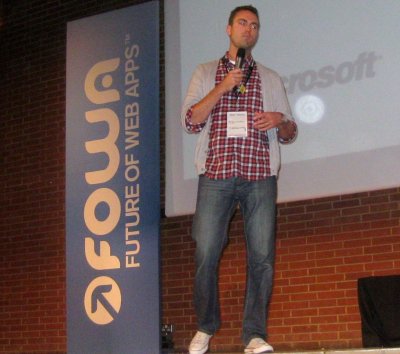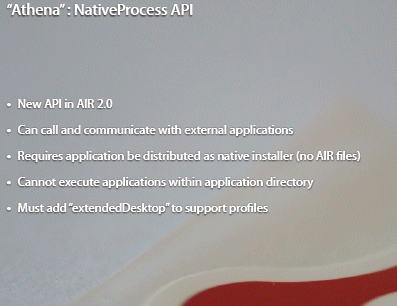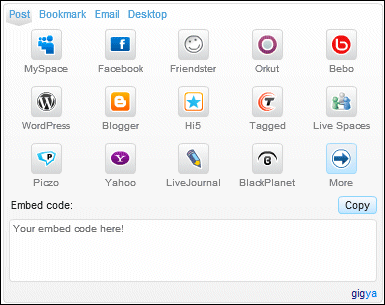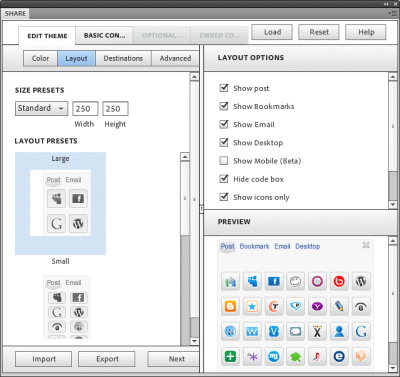In the Adobe-shaped bubble of MAX 2009 in Los Angeles, Flash is the answer to everything, almost. That impression was reinforced yesterday when Chief Technology Officer Kevin Lynch spoke of his ambition to make AIR, the Flash-based out of browser runtime, into a universal runtime for SmartPhones, as I reported yesterday on The Register.
Many users and developers have a different perspective, and you can easily find examples in the comments on the piece linked above. I was also struck by the loud and spontaneous cheer accorded Opera’s Bruce Lawson when he presented HTML 5 as an alternative to Flash and Silverlight at the Future of Web Applications conference last week.
So why is Flash hated? Three main reasons come to mind.
The first is because most of the Flash content that we see is marketing and advertising. Most users prefer web sites that are ad-free, or at least where the advertising is low-key. On the marketing side, there are still plenty of occasions where you want to skip the intro. When I link to Adobe’s home page for MAX 2009, I always link to the Sessions page, not the home page which auto-plays a Flash movie with sound – because I think users would rather get straight to the content, rather than be startled or embarrassed by an unexpected broadcast. Fellow journalist Jon Honeyball tweeted recently:
using a blocker to rid myself of unwanted flash nonsense on web pages. And most of it is unwanted and unnecessary rubbish
A more nuanced angle on this same problem is that Flash developers are inclined to add a little bling to their applications, even if it is not marketing as such. Users who like applications that are sparse and lean react against this.
The second reason is that Flash can be detrimental to browser performance. There are two angles on this. One is that bugs or performance characteristics in the Flash Player, combined with perhaps badly written Flash content, can cause slowdowns or at worst lock-ups in the browser. The other is that much Flash content downloads a lot of data, to create its multimedia effects. This makes Flash pages larger and therefore slower. It is a consideration that matters particularly on mobile devices with slow or intermittent connections, which is why not everyone welcomes the prospect of full Flash on every SmartPhone.
Third, there are those who do not regard Flash as part of the open web, and want to see web content that can be rendered completely without the use of a proprietary runtime, and web standards controlled by a cross-industry group rather than by a single vendor. There could be political, ethical or pragmatic reasons behind this view; but it is one that is still strongly felt, as shown by the reaction to Lawson’s comments at FOWA.
Before you tell me, I realise that there are also plenty of reasons to like Flash; and I am not going to attempt to iterate them here. My argument is that even those who love Flash need to recognise that users with negative perceptions may have good reasons for them. From this perspective, Apple’s resistance to Flash on the iPhone is a force for good, since it compels web developers to continue offering non-Flash content.
It also follows that anything Adobe can do to mitigate these problems will strengthen its campaign to get Flash everywhere. I am thinking of things like improved performance and reduced memory footprint in the player, and better handling of errant applications; demonstrating lean and mean Flash usage in its own sites and examples; and continuing to open the Flash runtime and its future to cross-industry input, even at the expense of relinquishing some control.




